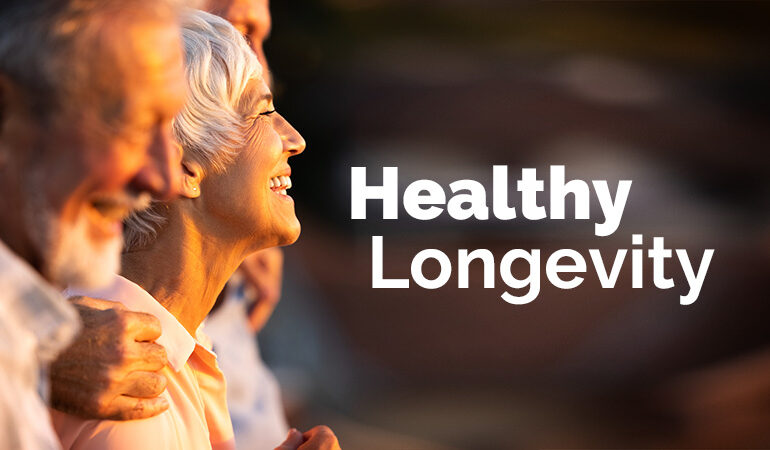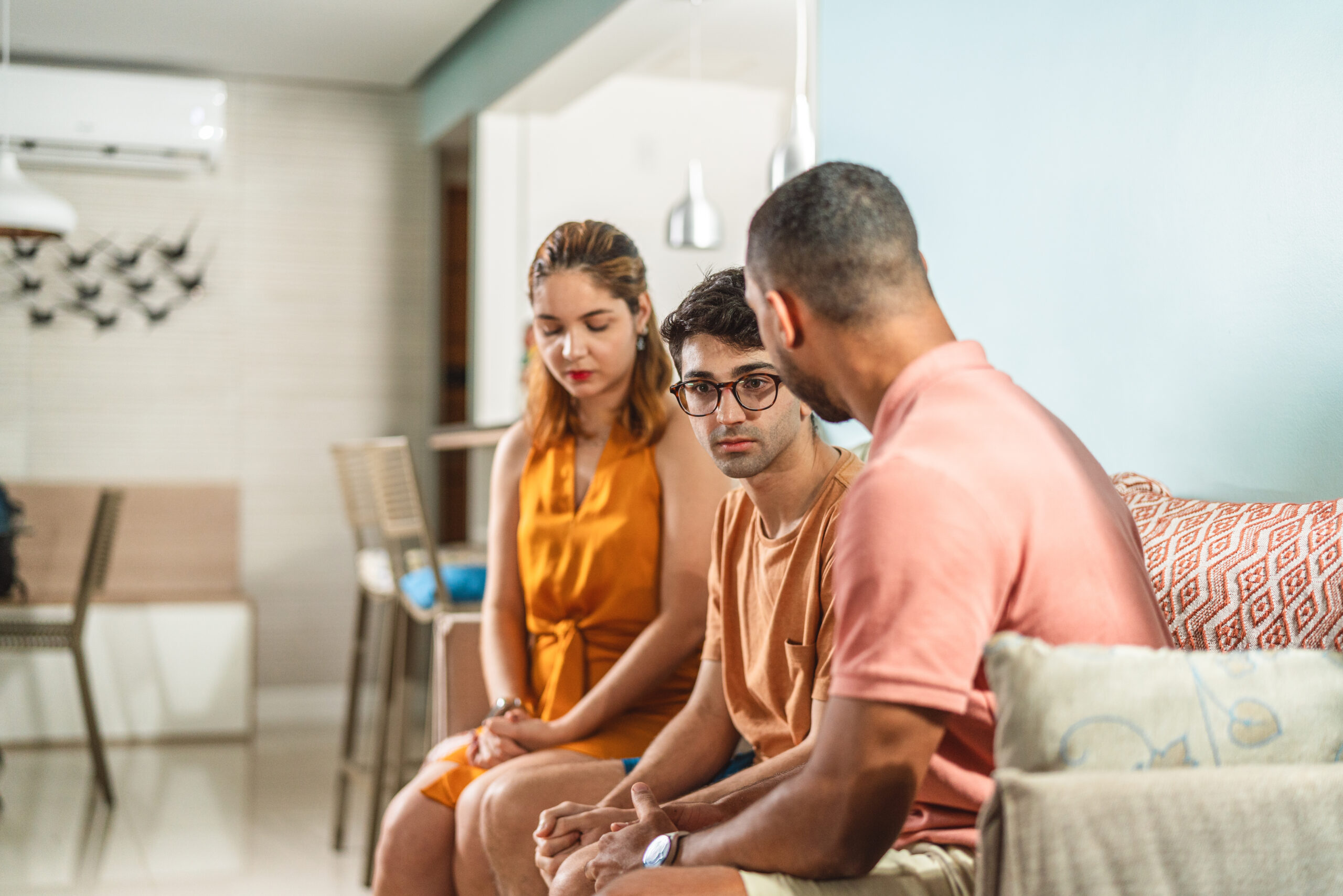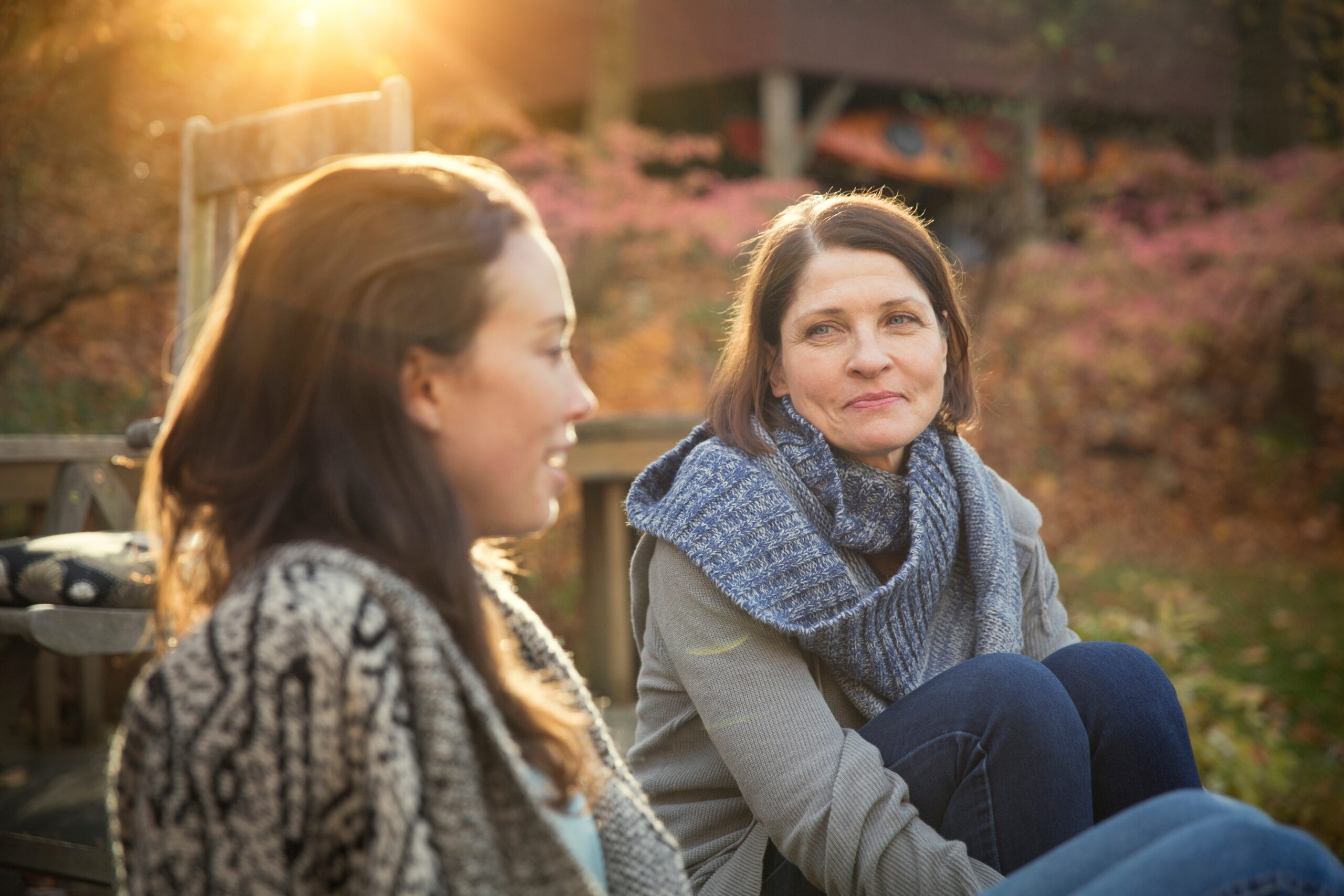The Future of Longevity Is Bright — But Only If We Stop Marketing It to Just the Wealthy
Every time I open a health journal or scroll through social media, I see something new and exciting about longevity science—how we’re learning to slow aging, repair cells, and even

Every time I open a health journal or scroll through social media, I see something new and exciting about longevity science—how we’re learning to slow aging, repair cells, and even extend healthspan, not just lifespan.
And yes, it’s thrilling. The future really does look bright.
But here’s what keeps bothering me: the people who need this most aren’t the ones hearing about it. Longevity, right now, is being marketed as a luxury, mostly targeting the elite, the wealthy, or those with access to boutique wellness clinics and expensive testing. That has to change.
Longevity Can’t Be a Luxury Anymore
Whether it’s genetic testing, AI health coaching, or cellular rejuvenation therapies, the way longevity is currently packaged and sold makes it feel like it’s only for the rich.
Here’s what I see too often:
- High-end clinics in urban hubs charging thousands for memberships and diagnostics
- Glossy ads with perfect models in perfect lighting, pushing “anti-aging” instead of real science
- Longevity events where doctors talk to other doctors, scientists speak to each other, and no one’s translating the message for everyday people
- Marketing teams that care more about image than impact
If we want longevity to become part of everyday healthcare, we have to rethink how it’s shared.
How We Can Make Longevity Reach Everyone

Here are some real, actionable ideas I believe could help democratize this movement:
1. Rethink Who’s Doing the Marketing
Let’s take the messaging out of the hands of elite agencies and put it into the hands of real storytellers. Health educators, grassroots creators, public health leaders, and people who understand communities should be leading these conversations.
2. Create Relatable Video Content
People don’t want another expert in a lab coat using complex terms. We need:
- Short, engaging videos on platforms like YouTube, TikTok, and Instagram
- Real stories about real people improving their health with affordable longevity habits
- Local doctors, nurses, and even patients explaining concepts like inflammation, mitochondrial health, or hormone balance in plain language
3. Talk to the People, Not Just Peers
Scientists should be encouraged—and trained—to speak to the public, not just peers at conferences. Let’s:
- Host free webinars and live Q&As
- Translate research into simple blog posts, podcasts, or even comics
- Partner with community centers, schools, and churches to host wellness talks
4. Make Longevity a Public Health Priority
Why not build community programs around prevention and longevity? Things like:
- Free testing days
- Access to walking clubs and fitness resources
- Nutrition education rooted in affordable, local foods
- Public libraries and rec centers that offer workshops on aging well
Accessibility Is More Than Cost—It’s Communication
The truth is, it’s not just that longevity is expensive. It’s also being communicated in a way that alienates. Many people hear about telomeres, NAD, or senescent cells and think, “That’s not for me.”
But it is.
If we take the time to speak clearly, engage creatively, and respect people’s experiences, longevity science could touch everyone—from single moms in the suburbs to older adults in rural towns.
Why I Care (A Lot)
I’ve watched women my age struggle with aging and energy, not because they weren’t trying—but because they didn’t know these tools even existed. I’ve seen family members miss early interventions that could’ve extended their quality of life because no one told them there was another way.
That’s why I speak up.
This work matters, but not if it’s hidden behind velvet ropes.
Let’s Build a Longevity Movement That’s for Everyone
The future of health should look like this:
- Affordable, proactive care rooted in science
- Preventive tools and strategies that meet people where they are
- A messaging model that speaks in everyday language, not medical jargon
- A shift from “exclusive luxury” to everyday empowerment
The good news? The science is here. What we need now is heart-centered, people-focused communication. That’s how we build a real longevity movement—not just for the privileged, but for the people.
My takeaway from Irene Nicole
I believe in the promise of longevity—not just for me, but for everyone. If we can humanize the message, lower the cost, and get creative with outreach, we can build a future where living longer and better is a standard, not a dream.
Let’s stop talking about age as a problem and start spreading tools for vibrant, long-lasting health—to every community, every income level, every person.
Because the future of longevity shouldn’t belong to a few. It should belong to all of us.
By Irene Nicole for Ravoke.com








